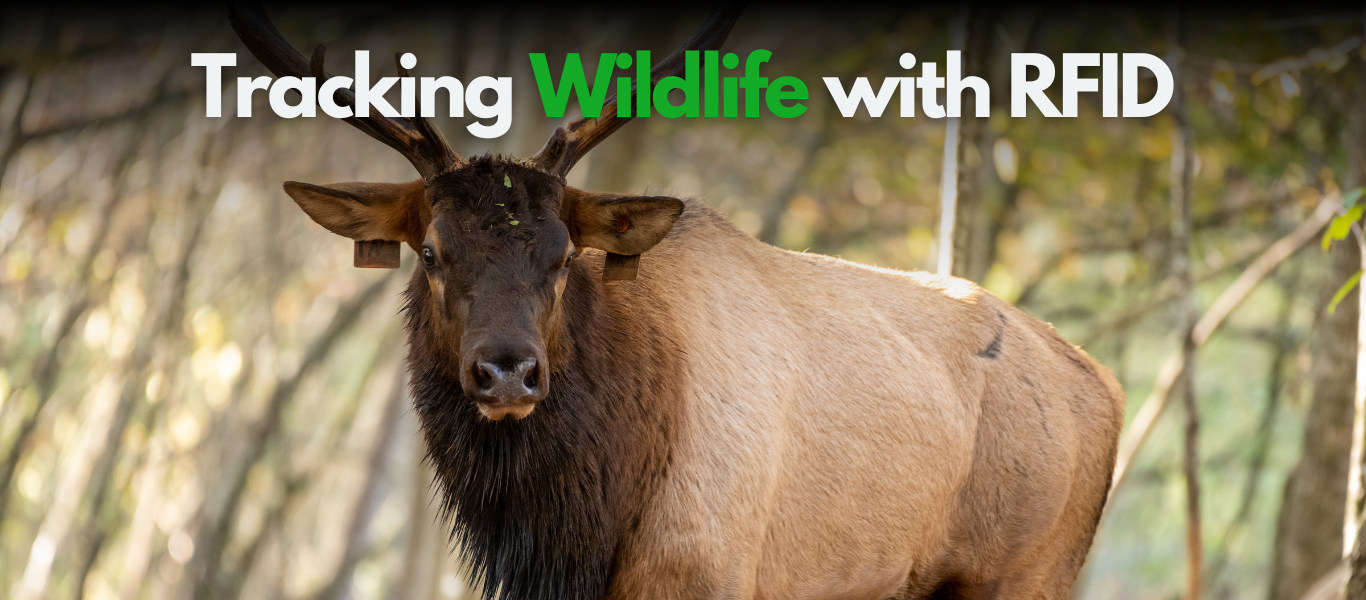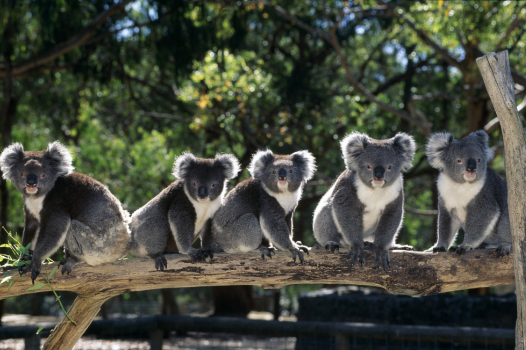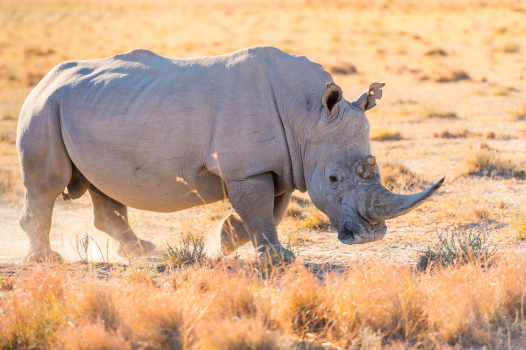The Role of RFID in Tracking Wildlife for Conservation Efforts
Smarter Tracking for a Wilder World
As global biodiversity faces increasing threats, wildlife conservation efforts are turning to smarter tools—and RFID is one of them. Radio Frequency Identification (RFID) technology offers a non-invasive, cost-effective solution for monitoring animal populations, studying migration patterns, and gathering long-term data without disturbing natural behaviors. From dense rainforests to remote deserts, RFID is quietly transforming how conservationists work.
How RFID Works in the Wild
RFID technology uses radio waves to transmit data from a tag to a reader. Each system includes:
Tag: Contains a microchip and antenna. Can be passive (no battery), semi-passive, or active (battery-powered).
Reader: Emits a signal to activate and collect data from tags.
Antenna: Helps receive and transmit the signal.
Unlike GPS, passive RFID tags don’t require power and can last the lifetime of an animal. Tags can be attached via collars, ear tags, implants, or leg bands. Once a tagged animal comes within range of a reader, its ID and time of visit are logged automatically, often without any human interaction.
RFID in Action
Amazon Rainforest
Researchers used RFID to track white-lipped peccaries, a pig-like species known for traveling in herds up to 400 strong. RFID readers were placed near salt licks, and tagged peccaries triggered the readers whenever they came near. This data helped researchers understand how large mammals interact with rainforest ecosystems and what areas need protection.
Bird Behavior with RFID Leg Bands
Lightweight RFID leg bands are being used on species like Painted Buntings and Black Rosy-Finches. Readers at feeders or nest boxes collect data every time a bird visits, providing insights into breeding habits, migration timelines, and survival rates, without having to capture the bird repeatedly.
Elephant Movement Monitoring in Africa
RFID collars are used to track elephants’ migration routes and help conservation teams respond quickly to poaching threats. Long-range RFID combined with IoT enables near real-time location tracking.
Sea Turtle Conservation in the U.S.
Conservationists use RFID to track sea turtle migration and nesting habits. By tagging hatchlings or nesting females, researchers can identify travel routes and assess risks like boat traffic or habitat loss.
Koala Tracking in Australia
RFID collars and passive tag readers were installed on wildlife overpasses in Queensland to monitor koala movement. Data helped confirm that koalas were using the crossings to avoid roads, reducing wildlife-vehicle collisions and informing future infrastructure design.
Rhino and Wildlife Monitoring in South Africa
In Welgevonden Game Reserve, RFID ear tags and IoT sensors track animal movements and detect anomalies. Machine learning systems analyze this data to identify risks, such as signs of poaching. The setup supports real-time alerts and better park management.
Bat Tracking in the UK
Endangered bats in Southern England were fitted with RFID leg bands. RFID tunnels at roost sites captured data as bats flew in and out, offering insights into colony behavior and longevity. The system minimized handling and was more feasible than bulky GPS devices.
Penguin Monitoring in Sub-Antarctic Islands
RFID chips implanted in penguins are read by solar-powered stations at breeding colonies. These stations collect data year-round in harsh conditions, enabling long-term studies on mating, chick-rearing, and return rates.
Why Conservationists Are Turning to RFID
Here’s why RFID is becoming a go-to for wildlife researchers:
✅ Non-invasive - Doesn’t stress or harm the animal
✅ Weather-resistant - Built to last in rugged terrain
✅ Long-term tracking - Especially with passive tags
✅ Cost-effective - Cheaper than GPS or satellite tracking
✅ Data-rich - Enables real-time or batch data collection
✅ Ecosystem insights - Helps map species interactions, habitat use
Challenges in the Field (And How RFID Overcomes Them)
Despite its advantages, RFID comes with some challenges:
Limited read range for passive tags (a few meters)
Environmental interference from water, metal, or dense foliage
Need for strategic reader placement in habitats
Solutions:
Active tags or enhanced antenna design for greater range
Pairing RFID with GPS, cameras, or other networks
Machine learning systems to analyze data trends over time
What’s Next for RFID in Wildlife Conservation
RFID is evolving fast, and its role in conservation is expanding:
Miniaturized tags for smaller species
IoT integration for real-time tracking dashboards
AI-powered analysis of movement patterns and health trends
Informed land use planning, including wildlife corridors and national parks
As RFID continues to improve, its applications in wildlife conservation will only grow, providing researchers and environmentalists with the tools they need to protect Earth’s most vulnerable species!
Need RFID supplies to track wildlife? Not sure where to start?
Ask our team! Fill out the quick form below or contact us here, and one of our experts will help you!











